Australian Wildlife Conservancy (AWC) is helping avert the extinction of the endangered Northern Bettong by establishing a secure population at Mount Zero-Taravale Wildlife Sanctuary (Gugu Badhun country) in north-east Queensland. The area was once home to the species which has been identified as one of 20 Australian mammals at greatest risk of extinction, and whose decline is driven by the impact of habitat loss, mis-managed fire, and feral cats.
At present, there are only two known remaining populations of the Northern Bettong, one on the Lamb Range with around 1,000 individuals and a smaller population on the Mount Carbine Tableland with as few as 30 individuals estimated remaining. Within the last 20 years two other populations have gone extinct, one at Mount Windsor and a second on the Coane Range, adjacent to and including Mount Zero-Taravale. The Coane Range population was last recorded in 2003, around the time the sanctuary was acquired by AWC.
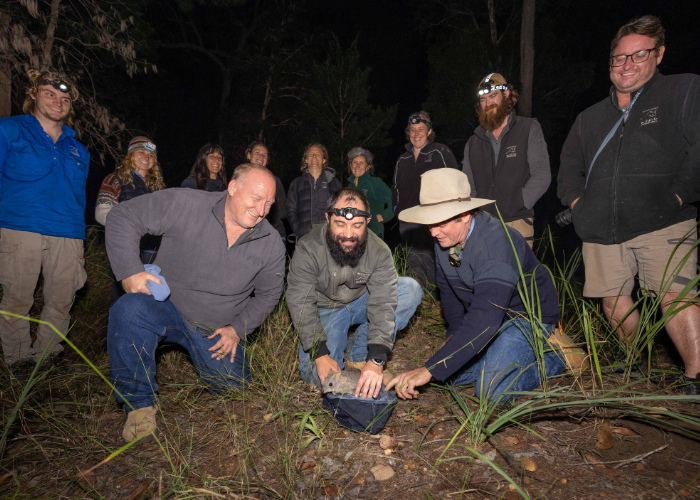 Brad Leue/AWC
Brad Leue/AWC
In light of the two lost populations and an urgent need to secure a third, AWC in close collaboration with Traditional Owners, Department of Environment and Science (DES) and members of the Northern Bettong Recovery Team, translocated 49 adult and independent sub-adult Northern Bettongs to Mount Zero-Taravale last week. The individuals were sourced from three subpopulations within the Lamb Range in the hope of securing the future of the species by establishing a genetically diverse and demographically viable population.
The bettongs underwent health checks before being released into northern Australia’s first large, feral predator-free fenced safe haven covering 950 hectares. Construction of the fence took three months, finishing in October 2022, however the project required more than three years of planning which included consultations, cultural heritage assessments conducted by Traditional Owners, creek line assessments by engineers and securing contractors. The fence also needed to withstand environmental stresses of tropical Australia such as occasional cyclones while being an impenetrable barrier to feral cats across 30 creek lines. Once construction was complete, AWC’s operations team conducted six months of intensive trapping to remove feral cats and pigs, with progress monitored on 90 motion-sensor cameras. The construction of feral predator free safe-havens are a key pillar of AWC’s feral cat strategy.
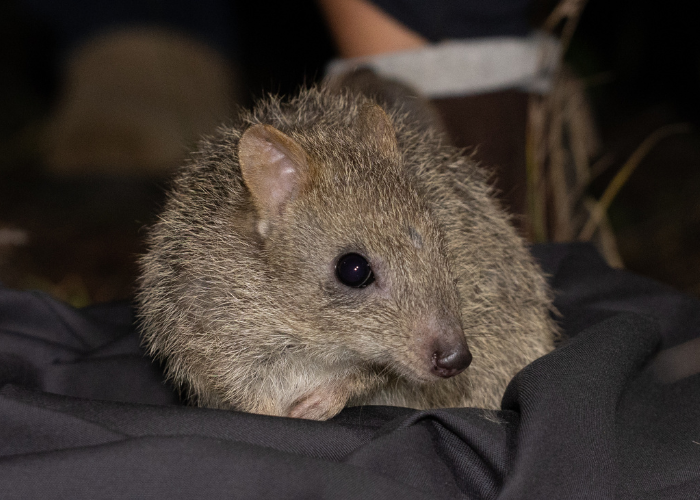 Brad Leue/AWC
Brad Leue/AWC
Felicity L’Hotellier, AWC Senior Field Ecologist who lives and works at Mount Zero-Taravale, welcomed the Northern Bettongs to the sanctuary. She said the establishment of the third population is a critical step in staving off extinction of the species.
“The much-needed homecoming for the Northern Bettong has been a significant and rewarding project for all those involved,” L’Hotellier explained. “While we’ve been monitoring the last two remaining populations across the Lamb Range and Mount Carbine Tableland in recent years, we have also been conducting extensive habitat restoration for the species at Mount Zero-Taravale. This has included re-establishing a healthy fire regime over the last 20 years, landscape-scale habitat restoration over the last decade, leading to the planning and construction of the exclosure fence, removing the feral predators and finally, sourcing enough individuals to establish a new, genetically robust population.”
“All that work has paid off now that the species is back here on country within its former range. We know that small mammals like this can flourish when feral cats are removed from the equation. If the population grows at the rate we anticipate, the Mount Zero-Taravale population could approach 500 bettongs within four to five years. A population of this size within a secure safe haven not only acts as insurance against extinction of the species, but can also provide a source for founders in possible future reintroductions.”
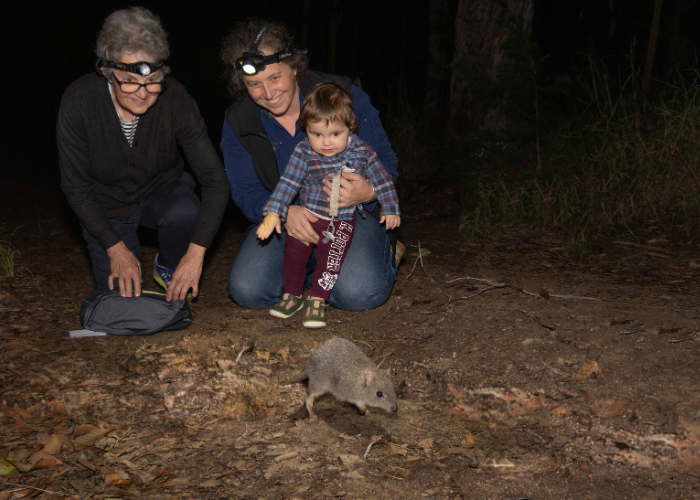 Brad Leue/AWC
Brad Leue/AWC
Buluwai Indigenous Corporation Ranger, Ivan Brim, was part of the sourcing team for the animals that came from Davies Creek in the Lamb Range.
“It feels so good to work together to bring the Northern Bettong from Buluwai Country to Mt Zero-Taravale,” Brim said. “This place now looks like home, and this will help the Northern Bettong grow and succeed.”
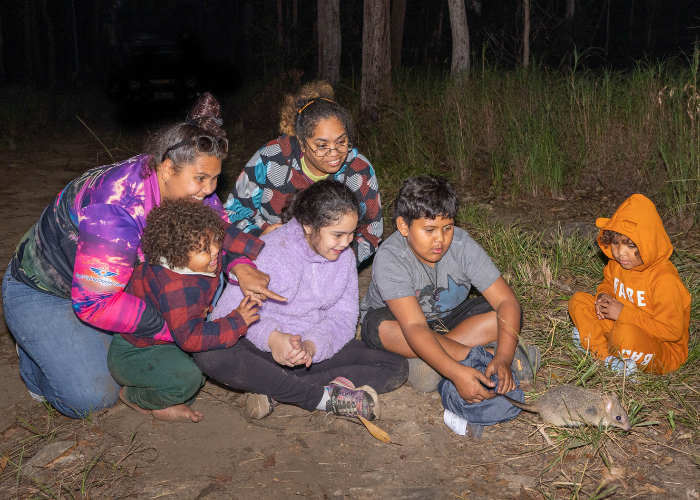 Brad Leue/AWC
Brad Leue/AWC
Mount Zero-Taravale is Gugu Badhun Country and Elder, Harry Gertz, said it was an emotional experience to welcome the Northern Bettong back.
“We’ve been all through this country and we can see where they’ve been, but we’ve never found one,” Gertz said. “We’re just grateful to have the Northern Bettong back on Country.”
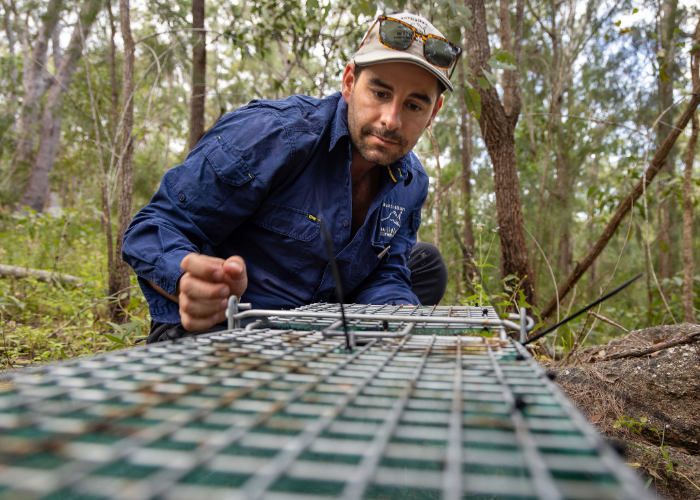 Brad Leue/AWC
Brad Leue/AWC
Leanne Taylor, WIRES Chief Executive said:
“The long-term commitment of AWC to change the trajectory of threatened species such as the Northern Bettong is invaluable. Too many of our iconic mammals are facing immeasurable challenges and WIRES is proud to support projects that identify and address the alarming widespread decline of their populations.”
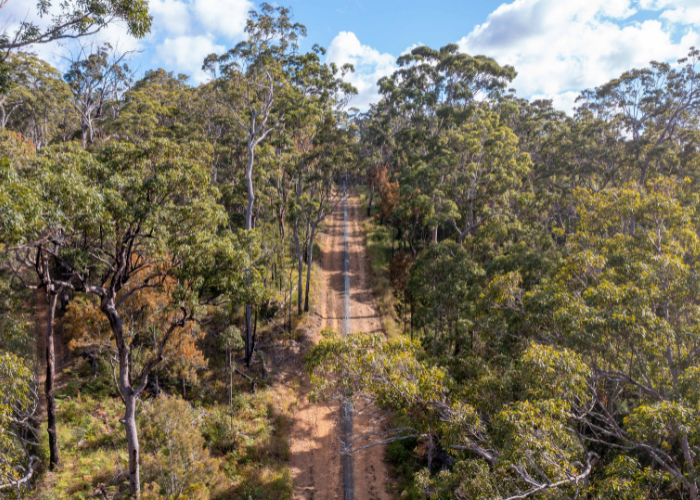 Brad Leue/AWC
Brad Leue/AWC
In the coming months, AWC will closely monitor the translocated individuals using radio-transmitters. Translocated individuals are expected to quickly settle into the feral predator-free fenced area and reclaim their role in the ecosystem, boosting the forest’s health by reinstating key ecological processes, particularly the dispersal of mycorrhizal fungi.
Additional data on the population will be obtained from live trapping surveys conducted at six-monthly intervals in the first year and annually thereafter. AWC will also work with DES to develop a beyond-the-fence strategy, with the long-term objective of re-establishing a population of Northern Bettongs outside the feral predator-free fenced area.
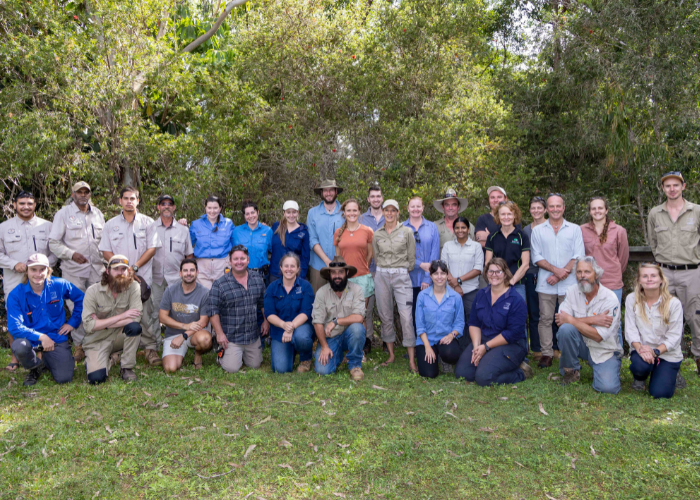 Brad Leue/AWC
Brad Leue/AWC
The translocation of the Northern Bettongs and the construction of the fence was made possible thanks to grant funding and support from the Commonwealth Government’s Department of Climate Change, Energy, the Environment and Water Environment Restoration Fund, Queensland’s Department of Environment and Science, Oak Foundation, WIRES, as well as donations from AWC supporters around the world.
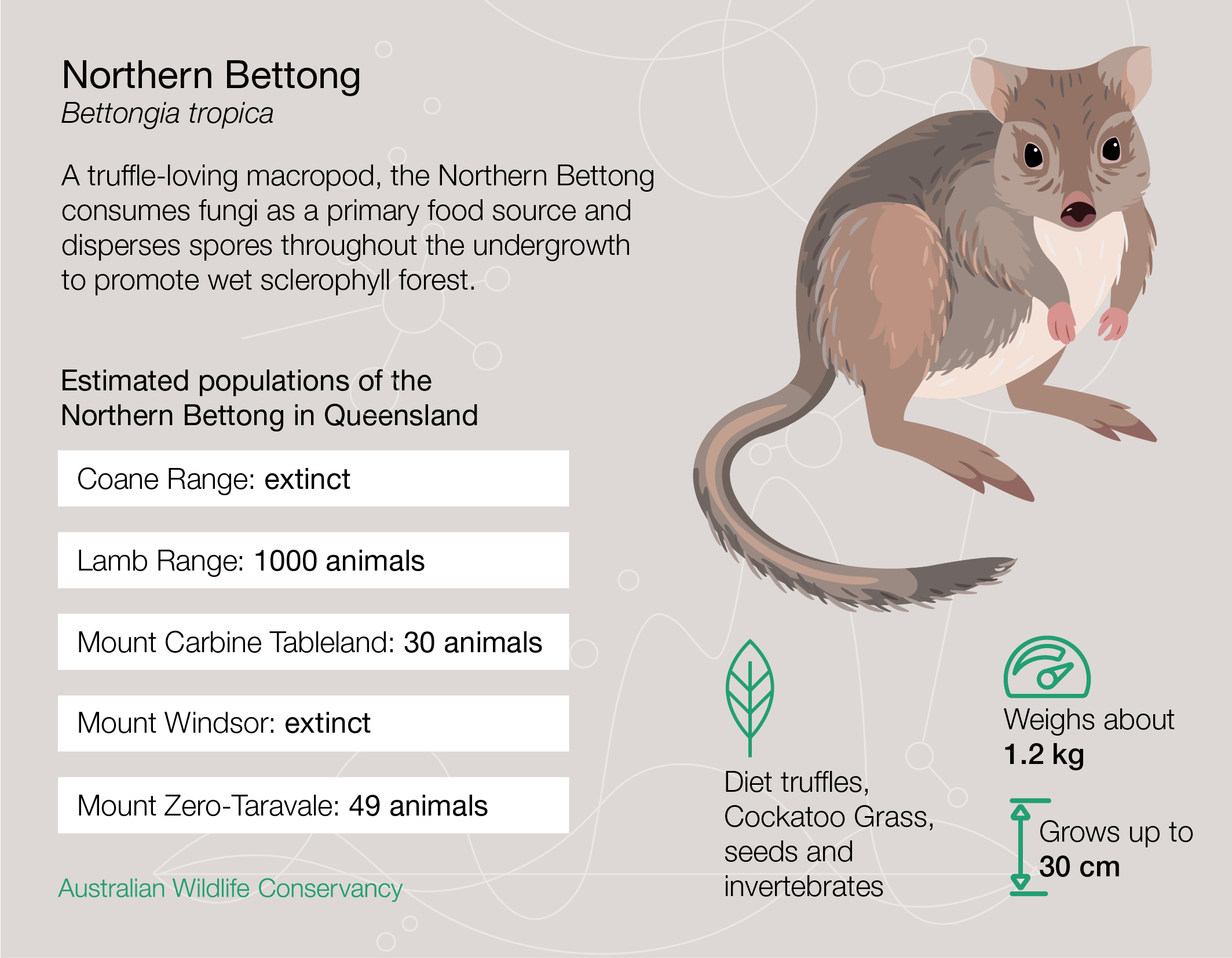
The Northern Bettong (Bettongia tropica) is one of eight bettong species, three of which are extinct – the remainder are either threatened or have disappeared from large parts of their historical ranges. The Northern Bettong is a small, lightly-built nocturnal macropod with grey fur and a low black crest on the end of its tail. Individuals can grow to just over 30 cm with a tail to 34 cm and an average weight of 1.2 kg.
As a fungal specialist, the Northern Bettong is heavily reliant on truffles (the fruiting bodies of underground fungi) as a primary food source, but it also consumes roots and tubers of grasses, particularly Cockatoo Grass (Alloteropsis semialata), seeds and invertebrates. These food sources are found across the reintroduction site at Mount Zero-Taravale Wildlife Sanctuary.
Listed as Endangered by the Commonwealth and Queensland Governments, the Northern Bettong has been identified as one of the 20 Australian mammals most at risk of extinction, due to a dramatic and ongoing decline in numbers. The species once occurred from central Queensland to the Wet Tropics of north-east Queensland. It is currently only known from two locations in the Wet Tropics. Two other populations have disappeared in the last two decades from the region, including from the Coane Range, the area around and including Mount Zero-Taravale Wildlife Sanctuary.
Threats to the species include introduced predators (feral cats and foxes), loss and degradation of habitat due to suppression of fire and grazing, competition with feral pigs, drought (exacerbated by climate change), and genetic and disease issues associated with small and isolated populations.
For more information on the Northern Bettong, click here.
Support Australian Wildlife Conservancy's science-led conservation work and safeguard the future of Australia's native species
Donate Now